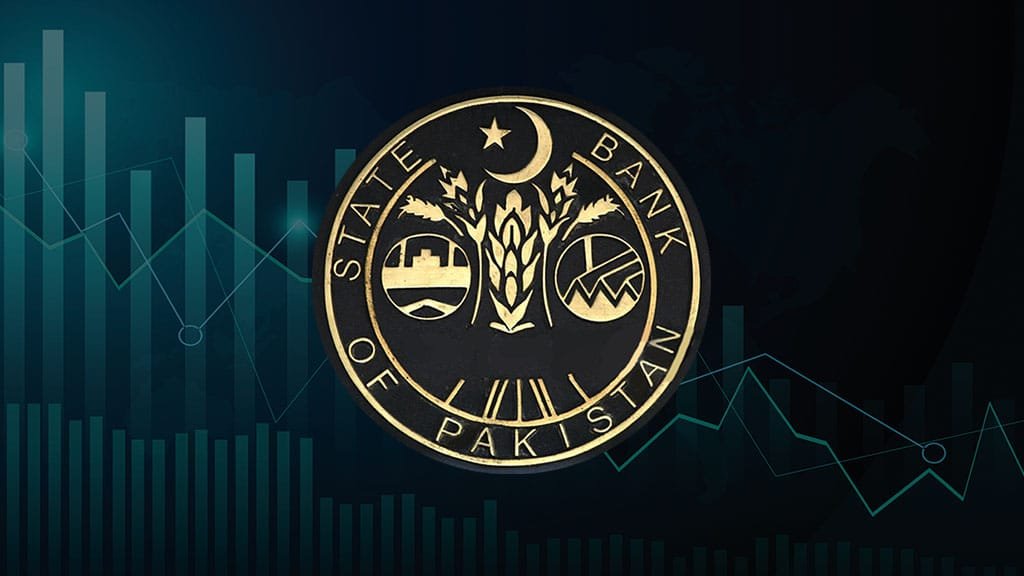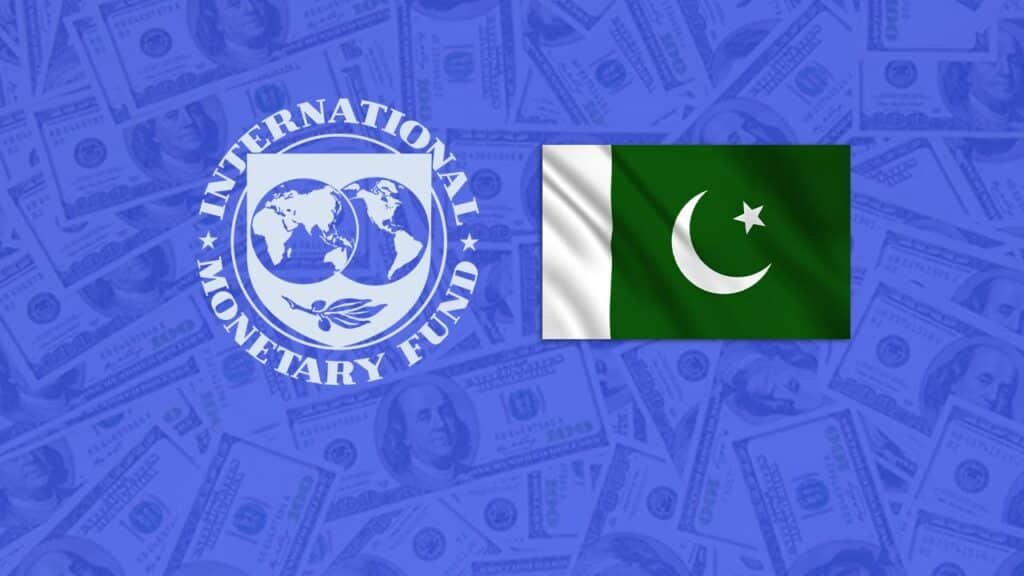ISLAMABAD: In the wake of unprecedented surge in rooftop installation of solar and perpetual burden of capacity repayments worth over Rs 2 trillion per annum, the government brought key changes in solar net metering by slashing down buyback rate from Rs27 to Rs 10 per unit.
The buyback rate of surplus units generated by rooftop solar net meters was reduced for new users as the rate of Rs 27 per unit would continue for existing users till expiry of their contractual periods.
The government was forced to bring key changes in the solar net metering owing to various factors including phenomenal increase for installing solar by all those segments of the society who could afford to install net metering and get rid of from monthly payment of higher electricity bills.
The number of solar net-metering consumers has gone up significantly, reaching 283,000 by December 2024, up from 226,440 in October 2024. The total installed capacity also grew from 321 MW in 2021 to 4,124 MW by December 2024, underscoring the rapid expansion of the net-metering sector. The increase in solar net-metering consumers has contributed to a rising cost of electricity for grid consumers, undermining the government’s efforts to reduce power tariffs.
The consumption of electricity fluctuates in Pakistan depending on weather conditions. Out of total installed capacity of approximately 42,000 MW, the consumption touches peak in summer season whereby it crosses 32,000 MW electricity while in winter it hovers around 9,000 to 12,000 MW.
With installation of solar at rooftops, it touched almost 4100 MW and keeping in view selling and importing of solar panels this number is expected to grow up to 10,000 to 12,000 MW in years to come. Keeping in view this situation, the government moved towards disincentivizing those who are generating surplus units and selling back to the Power Distribution Companies (DISCOs).
The capacity repayments surged to Rs 2.2 trillion on a per annum basis and if the solar installed panels started generating more electricity units then the burden of payment of capacity charges will be shifted on the shoulders of all those consumers who cannot afford to install solar at their rooftops.
What options left before the government?
If the government does not bring down the power tariff for on grid general consumers the days are coming when there might be a long queue in front of Power Distribution Companies (DISOs) for disconnection of their electricity. So, the government was mulling over different options to provide relief to consumers
The government revised the buyback rate from the National Average Power Purchase Price (NAPP) to Rs 10 per unit.
The regulator– National Electric Power Regulatory Authority (NEPRA) will revise this buyback rate periodically, ensuring that the framework remains flexible and aligned with evolving market conditions.
The revised framework will not apply to existing net-metered consumers who have a valid license, concurrence, or agreement under the NEPRA (Alternative & Renewable Energy) Distributed Generation and Net Metering Regulations, 2015. Any such agreements will remain effective until the expiration of the license or agreement, whichever occurs first. This ensures that the rights and obligations of these consumers, including agreed-upon rates, will continue as per the existing terms.
The consumers will have no other choice to install solar but remain off-grid but this option will increase the cost of batteries. However, the government might mull over different options to take any actions against those who will prefer to remain off grid for the time being. The choices of the policy makers are shrinking with advancement of technologies and innovations.






